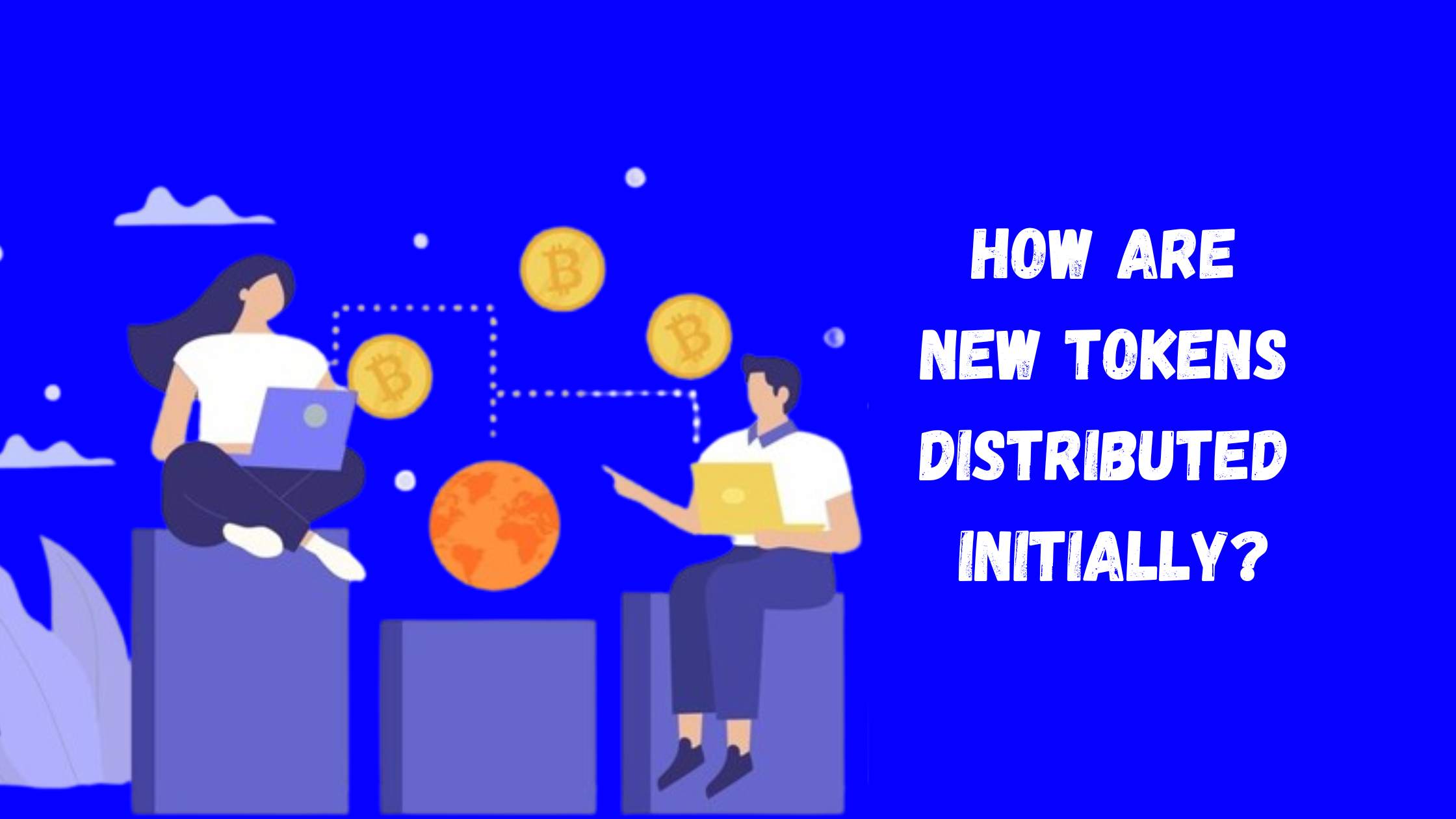How are new tokens distributed initially?
 Pooja Negi
Pooja Negi
In the world of cryptocurrency, how new tokens are first given out is really important. It affects how the whole system works and how valuable the tokens become. Whether it's a brand new project making its own token or an existing blockchain creating a new digital currency, how they give out these new tokens at the beginning is key for making sure things are fair, decentralized, and involving the community. Let's take a look at the main ways,
Initial Coin Offering (ICO):
This used to be the most popular way to launch new tokens. In an ICO, the team behind the project sells some of the new tokens to early investors in exchange for other cryptocurrencies like Bitcoin or Ethereum. It was popular because it was easy and let projects raise money quickly. But ICOs got a lot of criticism because some turned out to be scams and they also got a lot of attention from regulators.
Token Pre-Sale:
Before the public ICO, projects often sell tokens at a lower price to a small group of investors, usually big institutions or people with a lot of money. This helps them get some funding before the big launch and also gets some important backers who might help the project grow.
Airdrops:
Airdrops are when tokens are given out for free to people who already have other cryptocurrencies or are part of certain groups. They do this to get more people involved, make the tokens more popular, and reward the ones who joined in early. Airdrops can happen in different ways, like suddenly giving out tokens, giving them to people who complete certain tasks, or targeting people who already have certain tokens.
Initial DEX Offering (IDO):
This is like a newer version of ICOs, but it happens on decentralized exchanges (DEXs) instead of through a company. It's more open, transparent, and harder to control. People can use their crypto wallets directly to buy new tokens.
Staking and Yield Farming:
Token development companies often include staking or yield farming features in new token projects. Staking means locking up tokens in a smart contract to help keep the network secure, and in return, people get more tokens as rewards. Yield farming encourages people to add money to decentralized exchanges or lending platforms by giving them more tokens as rewards.
Community Grants and Rewards:
Projects set aside some tokens for things like supporting developers, finding bugs, or encouraging people to participate. This can include things like giving tokens to developers, rewarding people who help with liquidity, or letting the community vote on how tokens are distributed. It's about getting everyone involved and making sure people feel like they're part of the project's success. By collaborating with token development companies, projects can leverage their experience and resources to design and implement targeted programs that incentivize active participation and contribute to the long-term growth and sustainability of the ecosystem
Conclusion:
In conclusion, when it comes to giving out new tokens for the first time, there are lots of different ways to do it. These methods are chosen based on what the goal is, like raising money, getting people involved, making the network safe, and spreading out control. There are many Crypto token development companies that play a vital role in suggesting how these tokens are first given out.
Subscribe to my newsletter
Read articles from Pooja Negi directly inside your inbox. Subscribe to the newsletter, and don't miss out.
Written by
